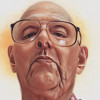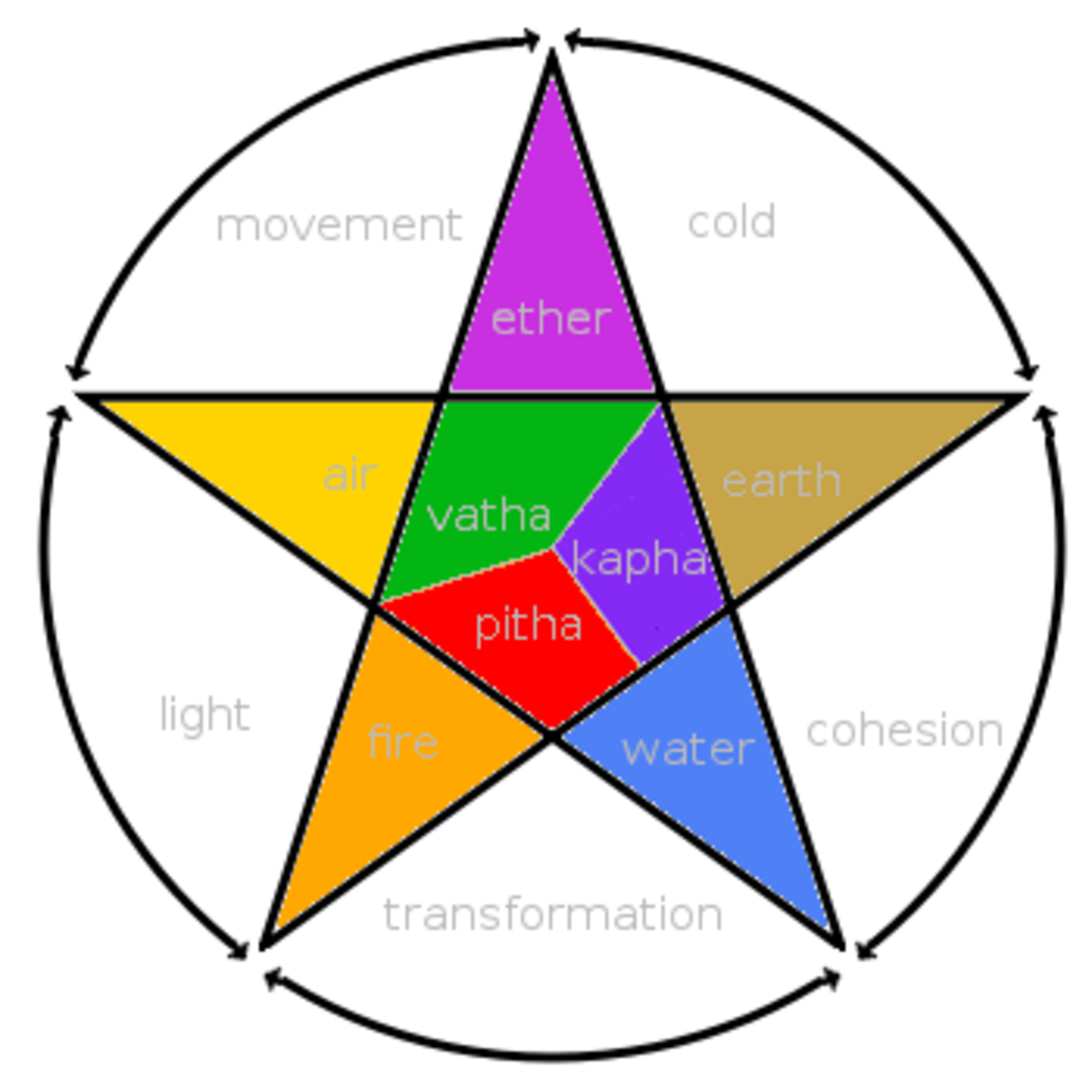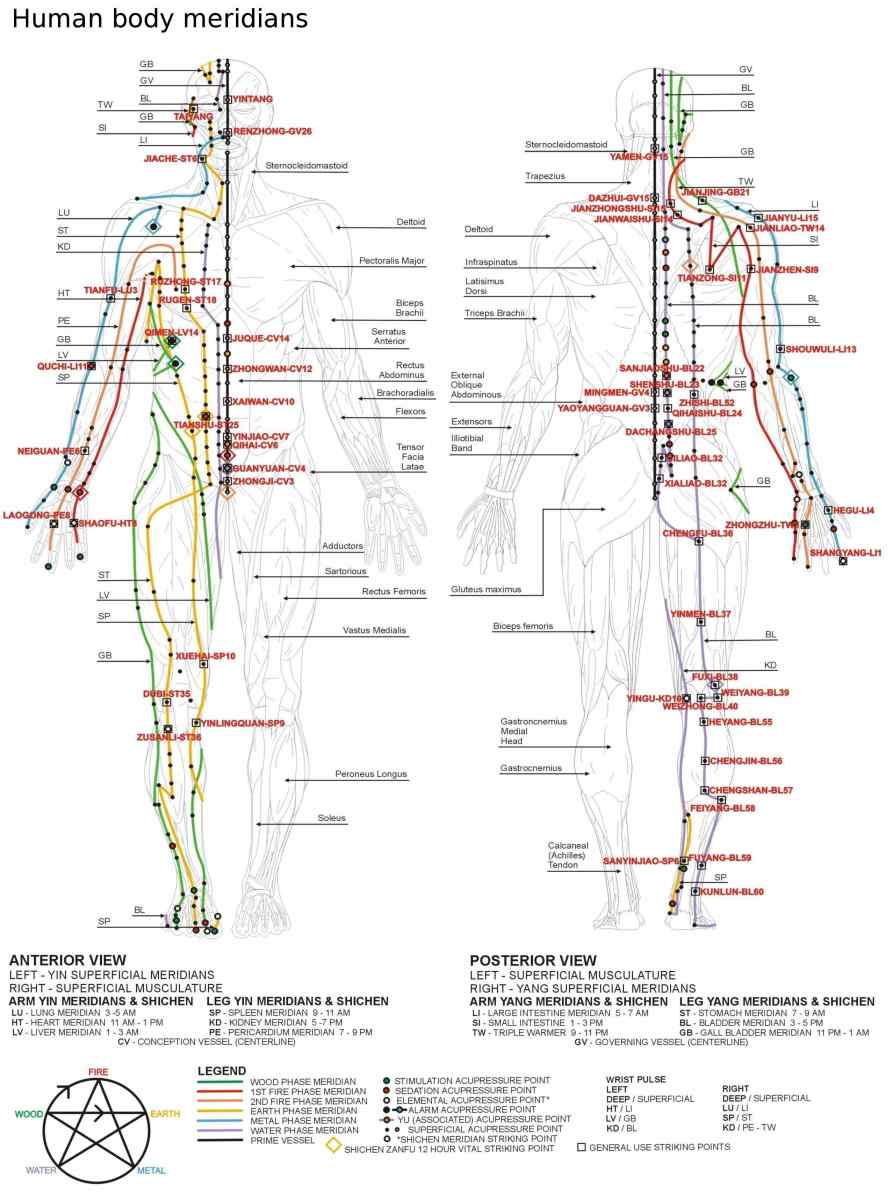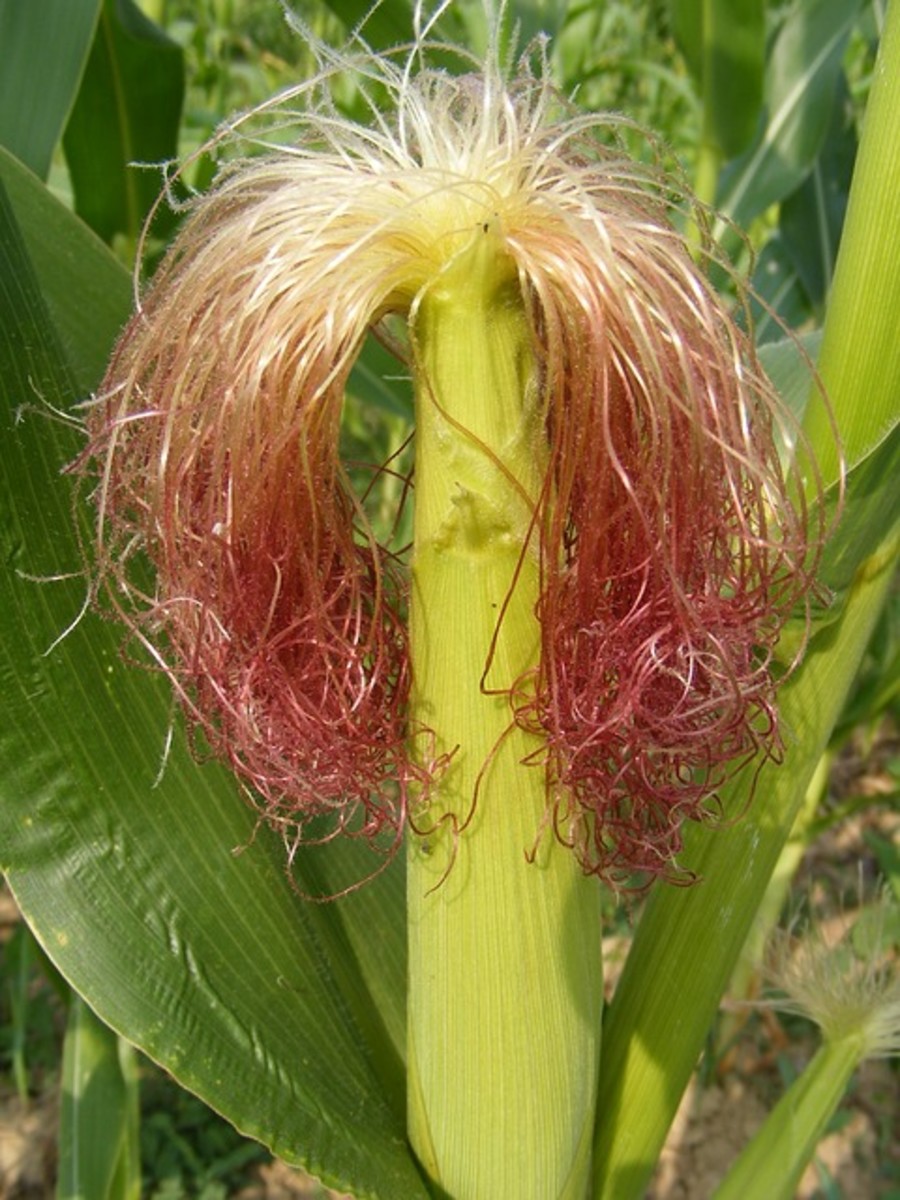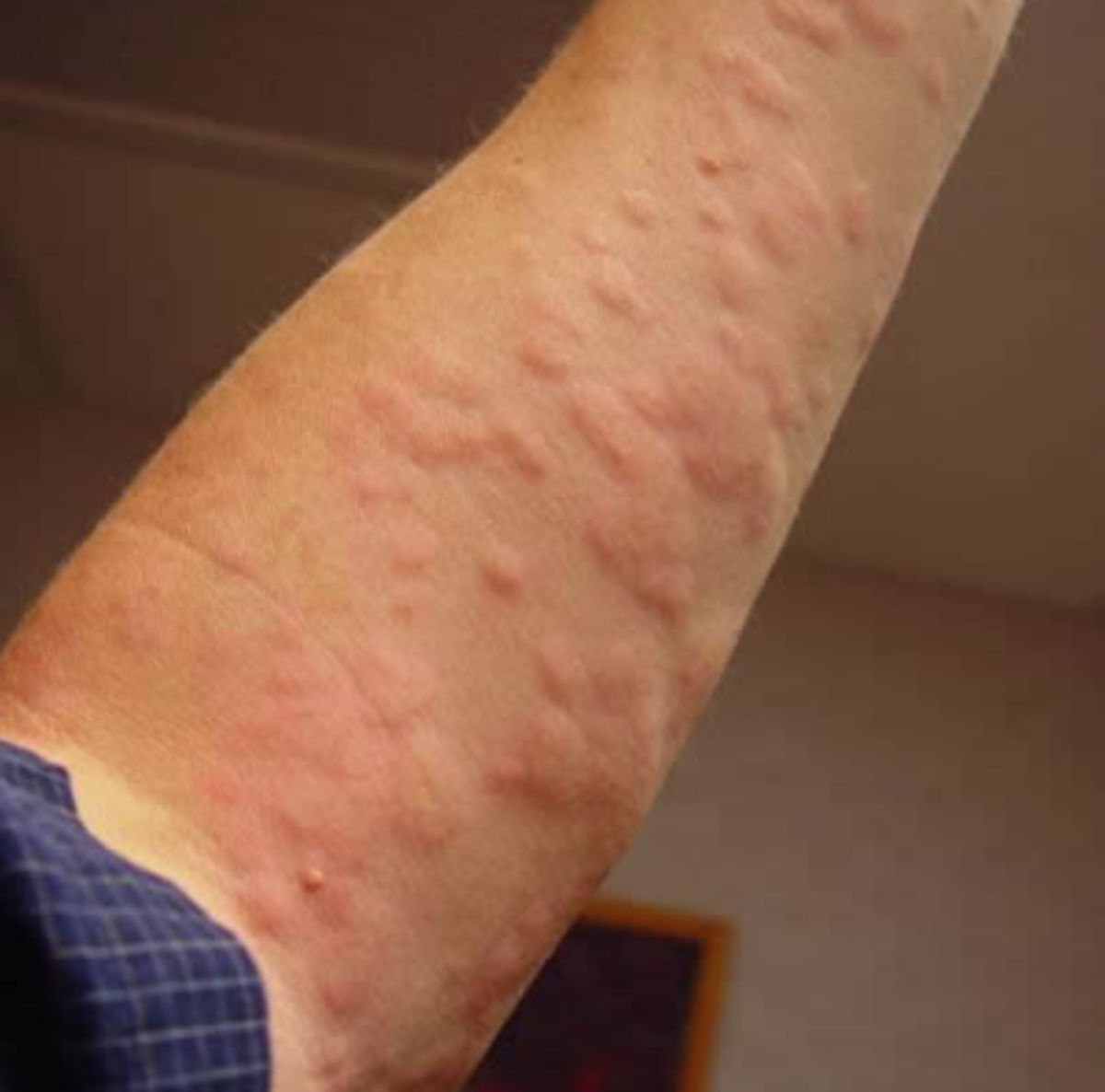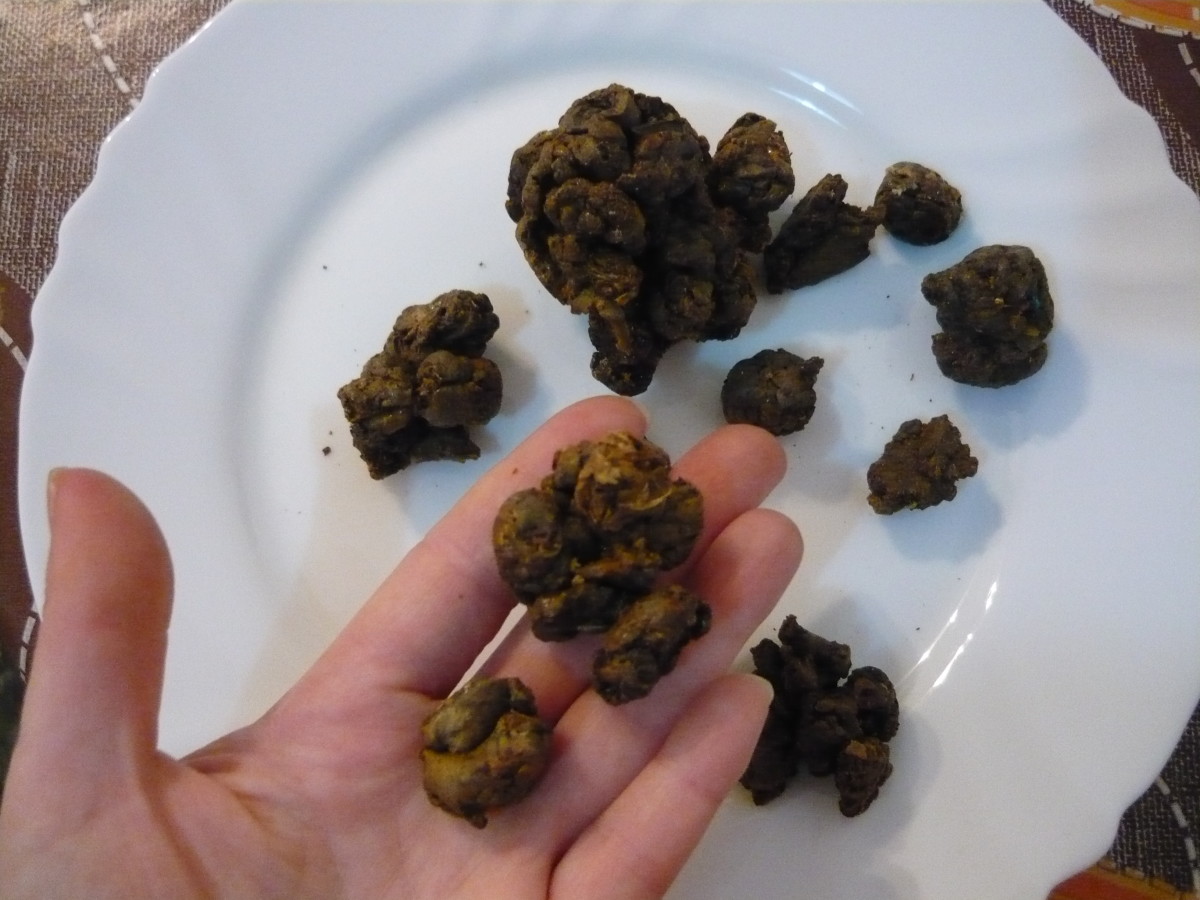About Accupuncture-Getting the Point about Acupuncture
A First Visit to an Acupuncture Clinic
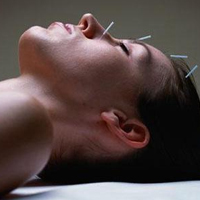
A Personal Experience with Acupuncture
Acupuncture and Beauty
Accupuncture Info from Amazon
Acupuncture and Biorhythm
Acupuncture and Children
Acupuncture and Drug Abuse
Acupuncture is a bright light on the road to recovery for many drug addicts and alcoholics. As an addict is recovering, the physical and psychological urge to get another fix or get another drink can be overwhelming. If the addict can get past that feeling, there is more hope for another successful day on the road to recovery. Currently there are a number of chemicals to help reduce that feeling, such as the nicotine patches to help people stop smoking. However, a major advantage of using acupuncture is that it uses no chemicals in the treatment, can be used for a number of different addictions, and is quite inexpensive compared to a number of other treatments.
Let's take a look into a clinic that uses acupuncture to treat recovering addicts. Before the clinic used acupuncture, it was somewhat loud and not a pleasant place to be. The treatment room holds dozens of clients at the same time, each sitting in a chair. Each person sits with five long needles dangling from each ear. Depending on the person, a few also have some acupuncture needles in their hands, arms, or feet. When the time comes to remove the needles, some are removed by one of the acupuncture practitioners, or an assistant, or some clients remove their own needles at the appropriate time. Needles are left in the patient for an average of about forty-five minutes. The chairs are arranged so that the clients can see and talk to each other if they wish. This helps when they share experiences, and helps if some of the new clients are nervous about the use of acupuncture. The room, though it holds a number of often troubled patients, is generally quite calm and peaceful.
What advantage is there in using acupuncture for a recovering addict? Most of the addicts describe a release of that feeling that insists they must find a fix or must find a drink. The patient describes it as the feeling when you get home after a long day and take off your shoes. The effect of the treatment lasts for about a day, and so newly recovering addicts are scheduled for daily treatments. People such as dry alcoholics can come by on a periodic basis, or when they feel they need another acupuncture treatment. Many dry alcoholics are fine as long as their daily life is not stressful, but if a family problem arises at home or at work, the familiar feeling becomes strong once again. At those times an acupuncture clinic is a great help, for it affects an actual physical change in the person.
Many detox clinics that use acupuncture in its regimen incorporate it into an overall program, where the acupuncture treatments are the first steps that a patient takes. A typical clinic will schedule a new patient for daily acupuncture sessions, and at each session take a sample to ensure the patient has not used drugs during the past day. After 10 "clean" days, the patient is considered in sufficient shape to start additional therapy, such as a twelve step program. Acupuncture treatments continue during this time. If a patient has a relapse, the patient just starts all over again with the ten day acupuncture treatment.
Using acupuncture in recovery programs has definite advantages, both economically and in support of physical and mental health for the recovering addicts. It is just another example where the use of acupuncture incorporates healing in all areas: physical, mental, and emotional.
